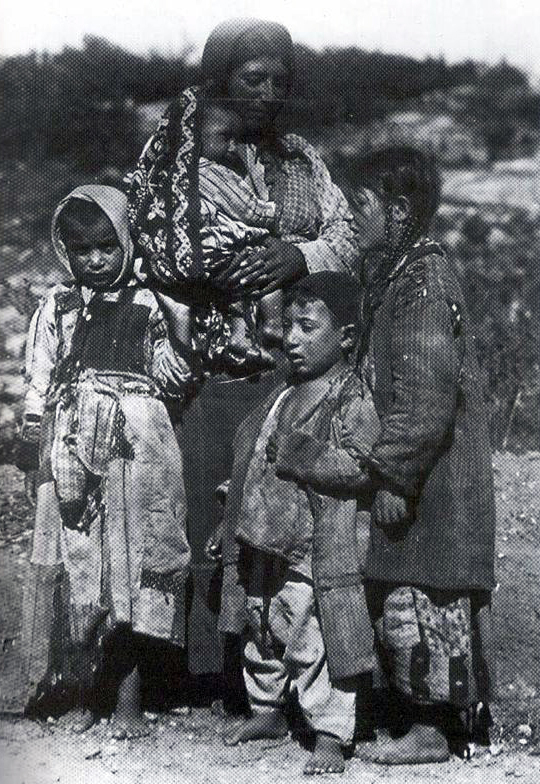 On 24 February 1994, the Parliament of the Hellenic Republic has declared May 19 as Greek Genocide Remembrance Day, which is associated with the arrival of Mustafa Kemal to Samsun. The Greek Genocide is also commemorated on September 14 (Deliberate extermination of Christians in Smyrna, then arson of the city in 1922).
On 24 February 1994, the Parliament of the Hellenic Republic has declared May 19 as Greek Genocide Remembrance Day, which is associated with the arrival of Mustafa Kemal to Samsun. The Greek Genocide is also commemorated on September 14 (Deliberate extermination of Christians in Smyrna, then arson of the city in 1922).
In 19th century, although reforms were partly carried out in the Ottoman state, but Pontus Greek people undergoes trials. The 20th century was the peak.
Pontian populations were treated as inferior citizens; their presence was an obstacle to the implementation of the Young Turks’ nationalistic programs (1).
According to the Patriarchate and official Ottoman calculations; at the beginning of the 20th century, the number of Greeks in Pontus was about 600,000, and in 1918, 700,000 (2). In December 1916, leaders of the Young Turk movement, Enver, Djemal and Talat Pashas carry out the plan to exterminate the Greek population of Pontus: the plan called for the extermination of 16-60-year-old men and the deportation of women and the elderly (3).
Greek women and children were the most vulnerable part of the population. This fact is clearly proved by the ambassadors, consuls and other witnesses in their reports and hints. Displacement of women and children is a systematic policy of extermination, while the abduction and "imprisonment" of women in Turkish homes, forced Islamization, mass rapes, murders of pregnant women, separation of children from their parents, their transfer to Turkish families are other facts describing the crime of Genocide (4).
According to the “Black Book” of Central Council of Pontus in Athens; until 1922 the number of victims was 303,238, and the total number until May 1924 reaches 353,000 (5).
The surviving Greeks are relocated to places with inhumane conditions for final extermination, those who were saved miraculously, spread all over the world (Russia, Greece, Germany, USA, Canada, and Australia) (6).
A century has passed,- concludes Professor Theofanis Malkidis, with no change in Turkey’s policy of denial, though the number of those confirming the historical truth has significantly in recent years. Such an attitude by Turkey makes it impossible to openly listen to opinions that are either criticized or suppressed in all possible ways (7).
However, mankind must fight with all its might. Progressive people will not forget or leave this struggle, for they know that sooner or later the time will come, and it will be impossible to deny the Greek Genocide, and the struggle of memory against oblivion is unchanged (8).
The issue of Pontus has not yet found its final solution; it remains at the center of researchers’ studies demanding an exhaustive and fair solution (9).
Tehmine Martoyan
Senior researcher at the AGMI Department of Organizing Museum Exhibitions, PhD in History
----------------------------
1. Theofanis Malkidis, The Greek Genocide. Thrace, Asia Minor, Pontus (authorized translation by Tehmine Martoyan), Yerevan, Alexandroupolis, 2014, 83.
2. Ibid., 96.
3. Ibid., 99.
4. Ibid., 110.
5. Ibid., 110-111.
6. Ibid., 84.
7. Ibid., 85.
8. Ibid., 86.
9. Ibid., 120.
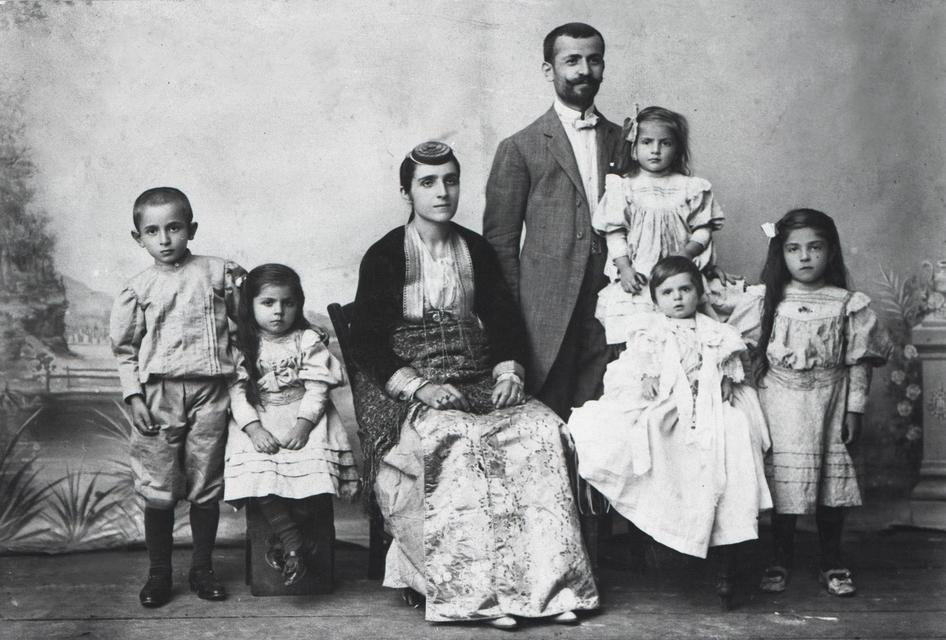
Պոնտոսի հույն ընտանիք
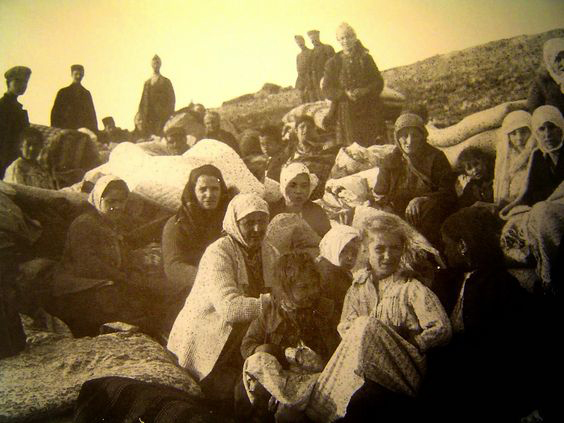
Տեղահանվող հույներ

Հույների ցեղասպանության զոհեր
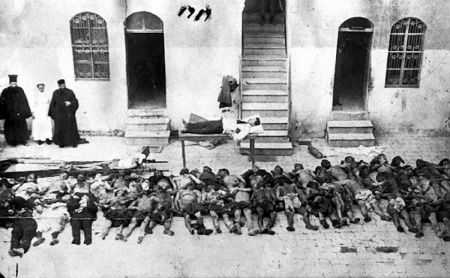
Պոնտոսի կոտորված հույներ

Տեղահանվող հույներ
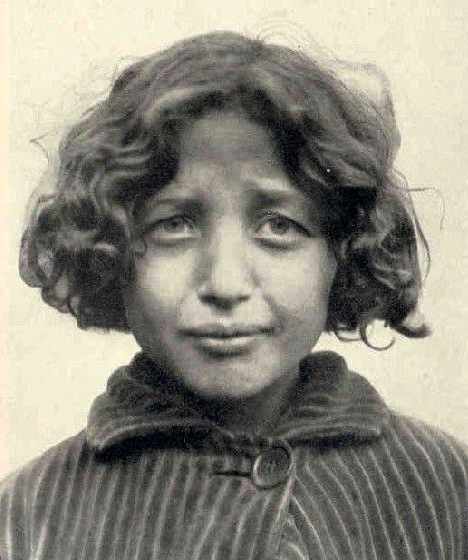
Հույն տարագիր





